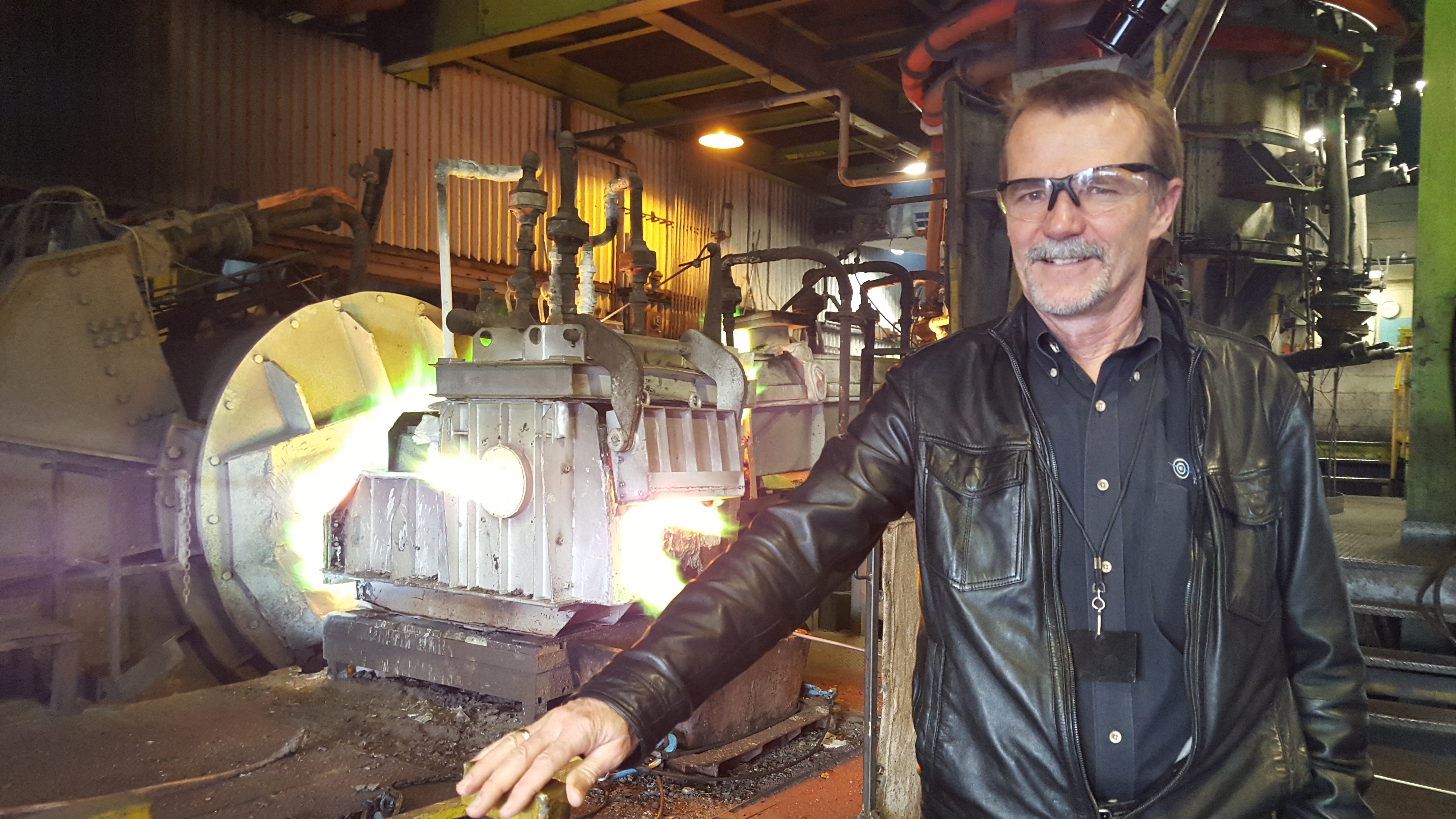
Nov. 14, 2017 – Accenture estimates the Industrial IoT (IIoT) could add US$14.2 trillion to the global economy by 2030, but how exactly can manufacturers make sense of it? Read on to learn how you can leverage Big Data, IIoT and Industry 4.0 concepts in your manufacturing operations.
What is Big Data and why should you care?
The best analogy to explain the Big Data approach to capturing information is comparing the first generation of GPS navigation systems to the current technologies available. The first generation captured and used all the data known at a certain moment to chart your course to your destination. It used maps, your location and your intended location to calculate your shortest route and time using the map information and associated speed limits. The current technology uses information collected from all the other cars travelling along your suggested route and then calculates your arrival time using the speed of traffic for your entire route, or any route you choose to take. The first generation technology collected and used only the specific information relevant to that known situation and known question — where am I, where am I going, and how will I get there?
This is similar to how most data collection systems are structured on the plant floor today — how many parts am I making, am I on target, and what are my constraints?
The Big Data approach collects all the information available, regardless of whether there was a predetermined reason for collecting it. Data from every car travelling (with suitably equipped cell and GPS technology) contributes to that Big Data database, allowing you or your system to know the exact traffic patterns and deter- mine the best route.
My wife’s car is equipped with a first generation GPS while an app on my cellphone uses data collected from every other car on the road. On summer weekends when we travel from our home in London, Ont., to our boat in Midland, Ont., I have often put the two methods to the test, just for fun. The cellphone app (the Big Data approach) gets us to the boat quicker every time and predicts our arrival time with incredible accuracy.
The idea behind Big Data is to collect and store as much event-by-event information empirically and in the most consistent format you can — because data storage is cheap — giving you the benefit of being able to mine it later when you come up with new questions to ask. New questions such as, how did that event link to this event? How did that machine change affect quality? How did a change of consumables affect the reliability of our process?
What is IIoT and how does it fit in?
From a manufacturer’s point of view, IIoT, or the Industrial Internet of Things, represents the opportunity to start to collect Big Data from all existing processes today – without the cost or time associated with replacing or upgrading the manufacturing equipment you currently have in place. The IIoT movement has in effect commoditized technology to the point that information can be collected from any machine or process extremely easily and cost effectively, enabling the collection of Big Data without the big costs associated with upgrading or replacing more constrained and restrictive technologies typically in use on the plant floor. Existing systems can be left in place, undisrupted, providing the essential services they always have.
The IIoT however, allows manufacturers to start collecting Big Data today, setting them on the Industry 4.0 course without changing a physical piece of critical manufacturing equipment. The IIoT does not get you there by itself, nor does Big Data, but they are very effective first steps that can be taken now, and like the modern GPS technology, they will help you get there quicker, and with more certainty.
What is Industry 4.0 and what does it mean to my plant?
The Wikipedia definition is probably the most concise explanation: Industry 4.0 is a name for the current trend of automation and data exchange in manufacturing technologies. It includes cyber-physical systems, the Internet of Things, Cloud computing and cognitive computing. Industry 4.0 creates what has been called a Smart Factory.
The common dialogue today focuses heavily on the data collection and automation side of things. However, I believe that an equally important objective for these technologies is to connect and engage the people in our companies better, making their work more meaningful and their efforts more constructive. Information needs to have a purpose to make it valuable. Getting data out of machines is only one part of the equation and getting useful information to people — all the people, not just management — is the other.
Paul Hogendoorn, paulh@getfreepoint.com, is co-founder of FreePoint Technologies, “Measure. Analyze. Share.” (Don’t forget to share!) Visit www.getfreepoint.com for more information.
This column was originally published in the November/December 2017 issue of Manufacturing AUTOMATION.
